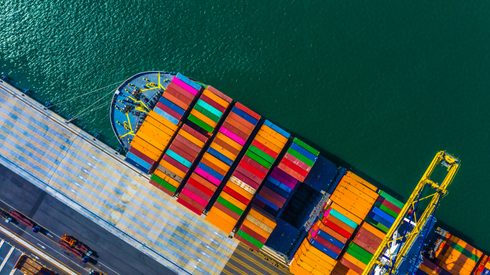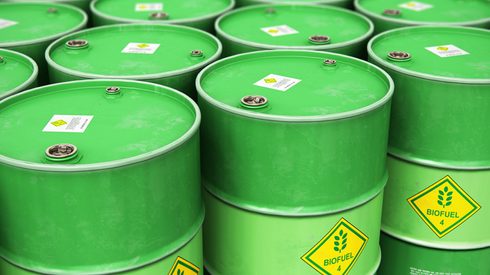Freight rates continued to ease in the week to November 8, as demand in the Atlantic slowed, while logistics continued to hit problems globally.
Rates softened to $40.10 per tonne from $40.90 per tonne for the Brazil-Northeast Asia route, while USG rates were flatter at $55.10 per tonne from $55.50 per tonne for the US Gulf-Northeast Asia route.
Many shipbrokers noted that demand for shipping was slowing, putting downward pressure on rates.
“In the South Atlantic, a scarcity of fresh enquiry prevailed, putting pressure on rates, while in the North there was an improvement in cargo availability,” Allied shipbrokers noted in a report on Monday.
Some of the softening is also likely to be a seasonal effect.
For example, in the South Atlantic, record Brazilian exports have begun to tail off.
ANEC projected that in November Brazil would export 5.1 million tonnes of soybeans and 8.3 million tonnes of corn.
While both are still record numbers for the month, they are still a decrease from the 5.5 million tonnes and 8.5 million tonnes that were exported in October.
However, there remains some potential for freight rates to move higher.
Impact of restrictions on the Panama Canal
One obvious factor is the renewed restrictions on the Panama Canal.
There has been no improvement on the Lake Gatun reservoir, which remains at a level of about 80.5 feet after a prolonged drought in Central America, where rainfall has been down 41%.
Vessel limits of 24 per day took effect from November 8, down a third from normal levels, and will be cut further to 18 by February.
The extended period of restrictions could act to support rates as vessels are forced to seek alternative routes.
“We don’t see many ships choosing Suez with regards to bulk carriers so far,” one source said, “but if the situation gets worse with fewer shipments through the canal we should see more charterers choosing Suez and [it] will affect positively rates.”
Another source suggested there was already increased tightness in the North Atlantic as a result.
Droughts have played havoc with logistics globally, with continued concern about low water levels in northern Brazil driving exports south along already crammed export routes.
Logistics in Brazil were not helped by a fire at the Parangua port which knocked one berth out for a week, but Berth 201 is now heard to have resumed operations from the 5th.
One bright spot for logistics has been a recovery in the level of the Mississippi, which should ease the problems barges face from low water levels.
Intermodal shipbrokers noted that US-China soybean trade was one factor that could help to support rates.
US soybean exports have remained strong, with inspections up 2% on the week to 2.09 million tonnes in the most recent release, with 74% headed to China.
Soybean buying in China also sharply picked up this week, with nine to 20 cargoes of US soybeans booked from Monday to Wednesday, with shipment expected between November and March.
In the Black Sea, rates at the Danube ports have seen a significant decrease of about $10 per short tonne to $31 per short tonne.
Increased government inspections have led to fewer cargoes being loaded.
As a result, there are more open vessels seeking cargoes, which has put pressure on the freight rates.
At the Russian ports, prices were relatively stable week-on-week.
Prices from Ukrainian ports had started to fall by Wednesday afternoon.
However, a reported Russian attack on a Ukrainian vessel at port in the Black Sea late on Wednesday has caused significant concern in the market and this has left the situation uncertain.
Freight rates for vessels transporting palm oil to India and China from Southeast Asia have firmed slightly this week although in limited tonnages.
The rate on 18,000-20,000 tonne vessels from Southeast Asia to West Coast India and Pakistan increased by $1-2 per tonne to $45 per tonne on Wednesday, November 3 from a week ago while rates for 10,000-12,000 tonne vessels to East Coast India were flat at $37 per tonne.







